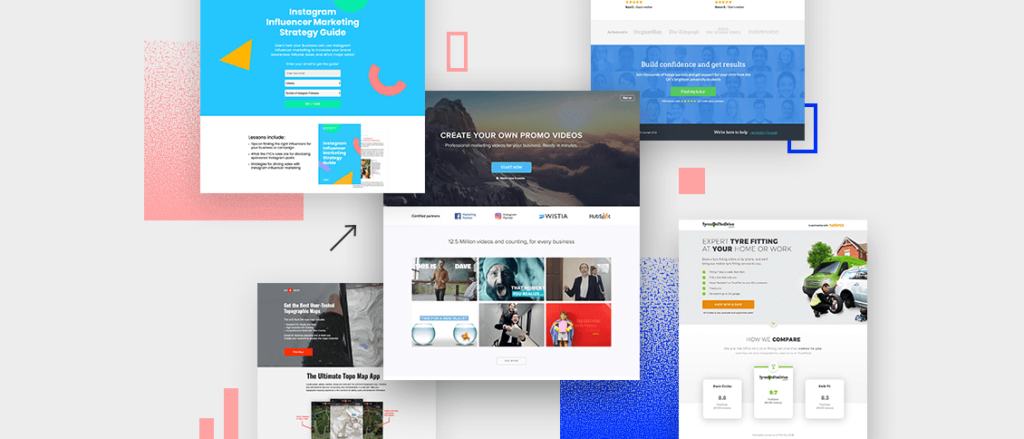The efficiency of a landing page can often determine the success of an online campaign. In this blog post, we’ll look at the art and science of creating a landing page that not only captures visitors’ attention but also converts them into valuable leads or customers.
What Is the Purpose of a Landing Page?
A landing page is a focused, isolated web page designed with a specific goal in mind, such as marketing a product, capturing leads, or encouraging a specific action. Its design is critical in guiding visitors and persuading them to do the desired action.
A Simple and Appealing Headline
Visitors’ attention is drawn to the headline. Create a clear, appealing headline that clearly expresses the value offer. Use language that resonates with your target audience and sparks their interest.
Visuals and media that are appealing
Visual aspects are extremely effective communicators. Include high-quality photographs, films, and graphics that correspond to your brand and message. Visuals should not only be visually appealing, but they should also assist and improve the overall narrative.

Short and Persuasive Copy
Your landing page copy should be brief, convincing, and suited to your target demographic. Clearly define the benefits of your solution, concentrating on how it solves a problem or meets a need for the user. Encourage action by using persuasive language.
Color and typography used strategically
Color and font have an impact on user perception and behavior. Select a color scheme that is consistent with your brand and elicits the required feelings. Typography should be easy to read, using font styles that emphasize the individuality of your business.
Intuitive Navigation and Flow
With straightforward navigation, you can ensure a seamless user experience. The page’s flow should smoothly move visitors from the headline to the call-to-action (CTA). Reduce distractions and keep information flowing logically.
Social Proof and Trust Indicators
Integrate social proof to increase trust. Customer testimonials, reviews, or case studies lend credibility to your service. Visitors are reassured by trust signals such as security badges and recognizable company emblems.
An enticing call-to-action (CTA)
The CTA is the climax of the objective of your landing page. Create a visually appealing and enticing CTA button. Use action-oriented language that elicits a quick response. Experiment with different color schemes to make the CTA stand out.
Mobile Responsiveness
Because mobile browsing is so popular, make sure your landing page is optimized for several screen widths. A responsive design ensures a consistent and engaging experience across devices, allowing you to maximize your reach.
Optimization through A/B Testing
It is an iterative process to create a high-converting landing page. A/B testing should be used to experiment with different elements such as headlines, graphics, and CTAs. Analyze data to see what resonates most with your target audience and then tweak accordingly.
Forms that are easy to use
If your landing page has a form, make it basic and easy to use. To reduce friction, simply request necessary information. Use unambiguous labeling to reassure people about their privacy and data security.
Conclusion
Creating a conversion-focused landing page necessitates a careful balance of aesthetics, psychology, and user experience. By focusing on clarity, engagement, and trust-building elements, you can create a landing page that not only captures attention but also guides visitors toward the desired action. Regular testing and optimization ensure continuous improvement and increased conversion rates.


